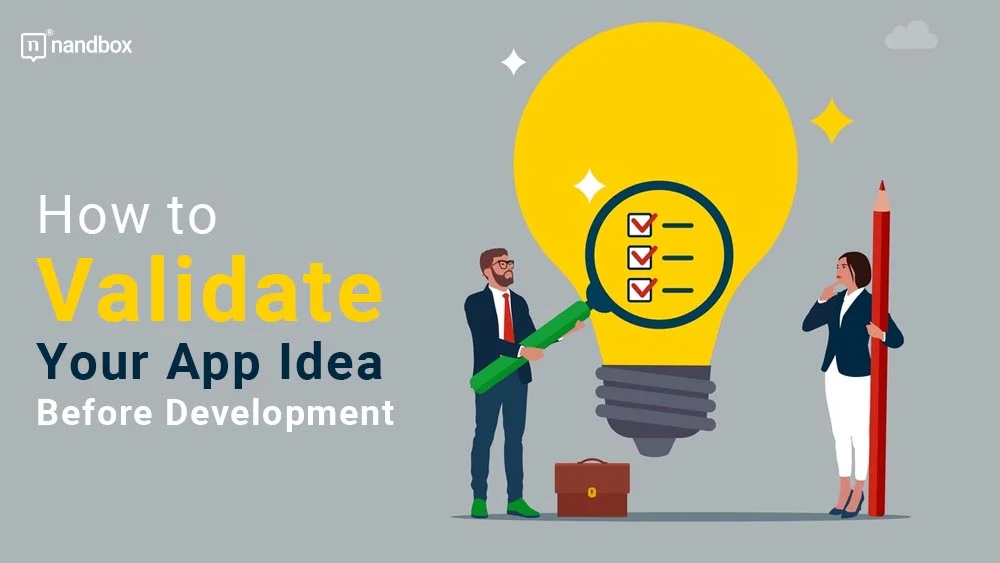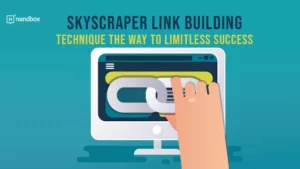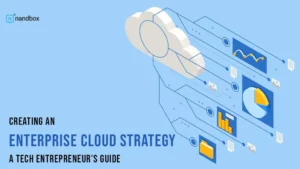The development process of an app starts with coming up with an idea. And while it’s easy to do so, it is harder to decide if this idea is profitable. If it’s a good idea, you’re one step closer to making money and a name for your company. On the other hand, a bad idea can cause you to lose money and precious time. The best approach is to take your time with the idea before developing it into an app by validating it. This article explores validating an app idea, what it is, and how to do it.
What Does Validating Your App Idea Mean?
Validating means proving something is correct, according to the dictionary. In software, it means proving that your app idea is in demand in the market. Let’s say you want to make a fitness app. By validating, you will know if the targeted market needs one and if people are willing to use and pay for it.
By finding out, you understand the risks of building this fitness app and the chances of it flopping. And you also have an estimate of the rewards of developing it. This gives you more confidence and clarity, which will help you see the app through.
By validating your app idea, you’re studying the market, saving time and money, and mitigating the risks.
Let’s move on to the validation process. Before you take steps towards making the app, ask yourself these questions.
#1: Is There a Problem That My App is Solving?
Your app might be the solution to an existing problem, which could be a service shortage or an issue. For example, if you live in a rural area that doesn’t have much transportation to the city, a ride-hailing app might solve the problem.
A fitness app is suitable if the gyms in an area are expensive and citizens are looking for ways to get healthy.
Ask yourself these questions.
- What is the problem? The answer is the lack of affordable gyms in the city.
- Who has the problem? This detects your buyer persona. For example, it could be middle-class middle-aged people with a shortage of money or time to hit the gym.
- How does your app solve the problem? By making an app that provides fitness training on the clock with an affordable subscription.
#2: What Is the Size of the Market?
This will help you manage your expectations when it comes to profit. Not to mention that it will determine the app’s scalability. But most of all, it will help you decide if the idea is worth investing in. Let’s go back to the ride-hailing idea. It is area-specific, so you need to know if many people in that town want to pay money to take a ride to the city. You could go about this in many ways. For example, you could check the town’s Facebook community group or conduct a survey. If you discover that few people are interested, you can move on to another idea without losing money.
#3: What about the Competitors?
Let’s face it; there are millions of apps in the world. Your app idea has been done before in most cases. The question is if there’s still demand in the market and if you can offer something extra. The fitness app example here is more applicable. Millions of people use hundreds of excellent fitness apps. Majority of them purchase a gym membership and enhance the comfort and productivity of their sports life. So, what can yours offer to attract some of those people? Is it better features or more reasonable prices? The best strategy is to study the competitors’ apps and find their weakest points. Then, do more research to learn if these weak points are worth switching to a new service for customers. Read reviews, listen to suggestions, and conduct surveys and one-on-one interviews with prospects.
#4: What is Trending Right Now?
If you want your app to target many users, trends can help. Search for the top apps on Play Store and App Store to discover what people find intriguing these days. Although it won’t dictate the market size, it will give you an idea about your app’s relevancy. Moreover, it will offer you tips on the app’s design and functions.
For example, one of the top apps can inspire you to decide what type of fitness programs you want to add to your app.
#5: What Will Be My Customer’s Journey?
The journey starts with finding the app, so how will they do that? Then, it’s all about downloading and using it.
It’s part of your job to ensure your app is easily found, interesting enough to download and use, and solves the users’ problems, eventually.
Think of the strong points that will drive people to your app and if they will have a reason to download it. Let’s say they downloaded it. How will their experience with the app be?
Mapping out the customer’s journey will help you understand your target audience better.
#6: What Do the Experts Think?
While your friends and family provide insight, it also helps tremendously to get expert advice. Experts here could mean those seasoned in the industry or entrepreneurs who met success (or failure) with their app ideas.
You can find these experts on online forums, on LinkedIn, and at tech conferences. Take the time to search for advice online or go offline and meet specialists who can give you tips on coming up with the idea, validating it all the way to developing it. These experts can help you enhance the app idea and find the COOL factor that will make it stand out among competitors.
Final Words
If the app idea is good, but you don’t have the resources, you would have to disregard it, especially if funding is hard to find. However, without coding, everybody can make a native app without external funding or extra resources. With the nandbox app builder, the only native app-building platform on the market, you can try out the idea within days and test it out without depleting your money or resources. All you have to do is sign up for the free trial.








